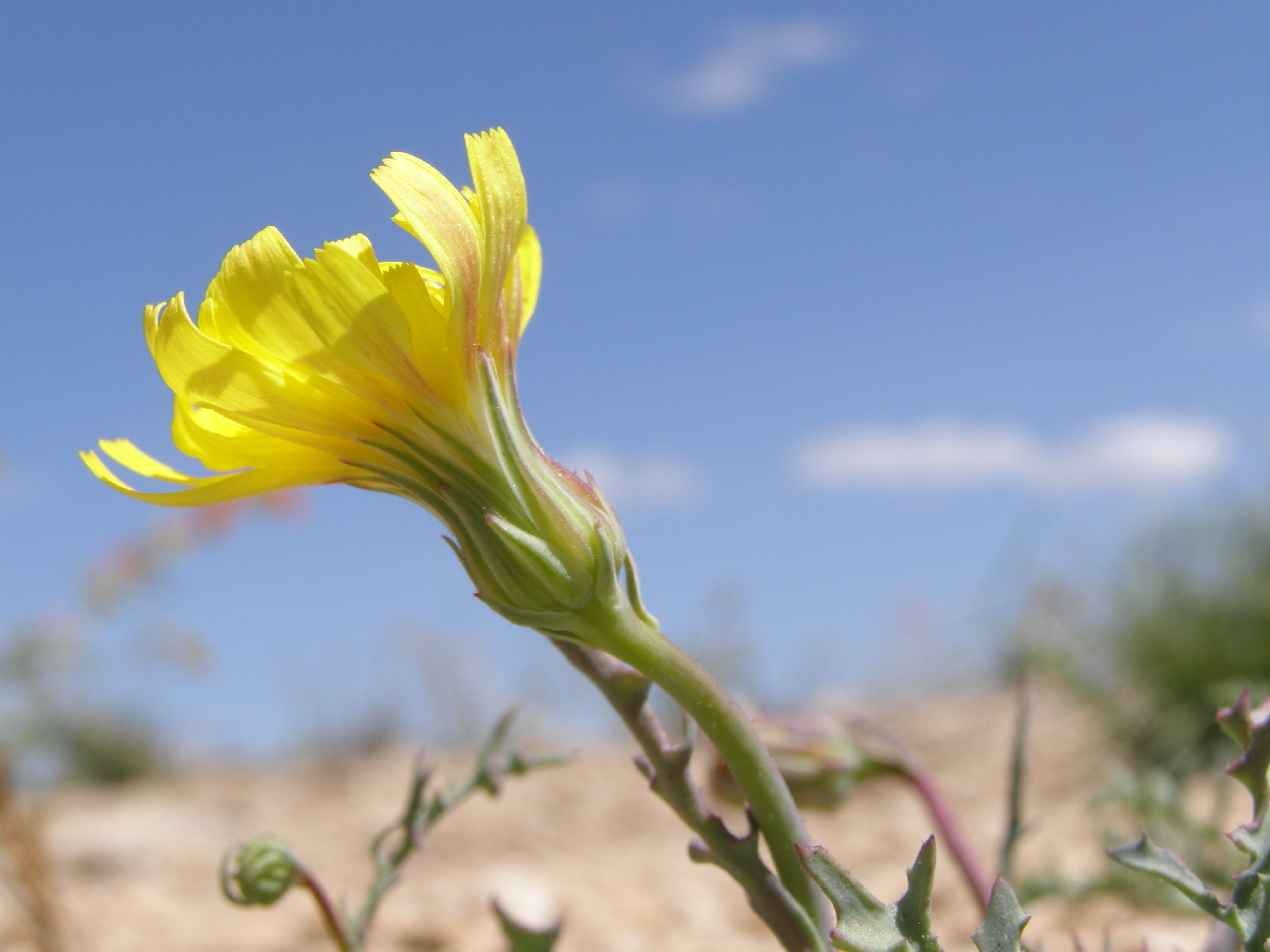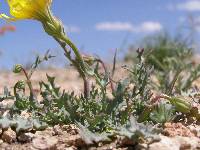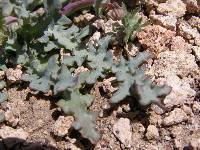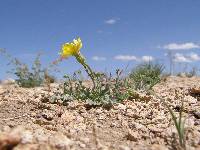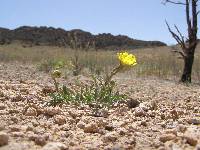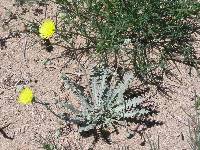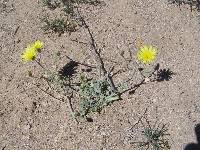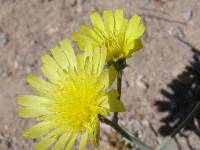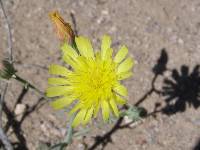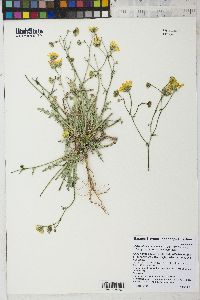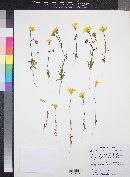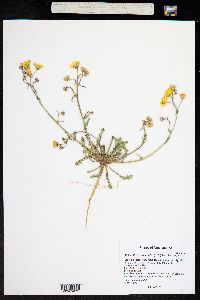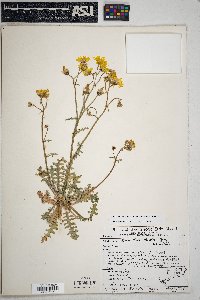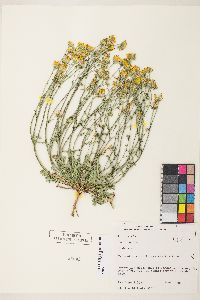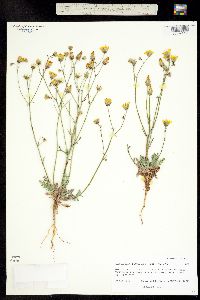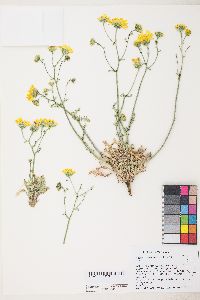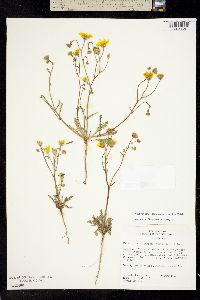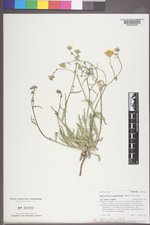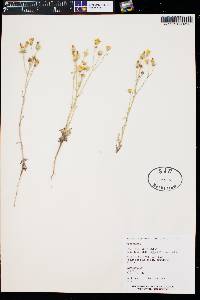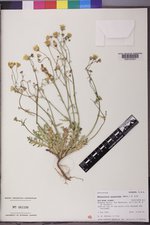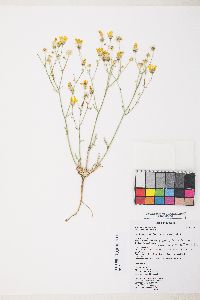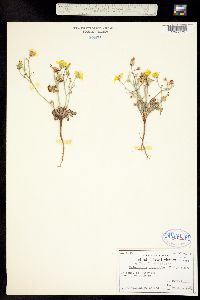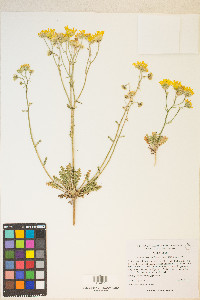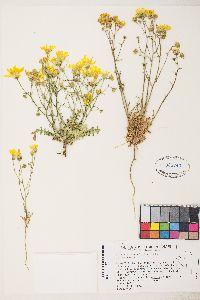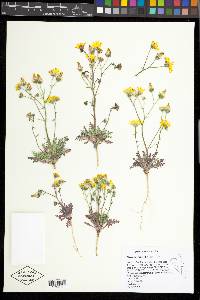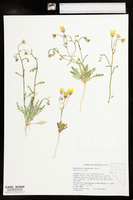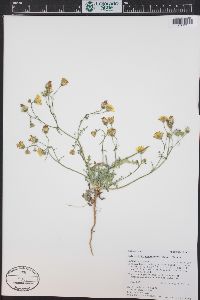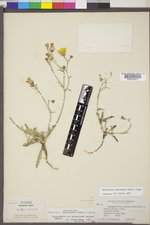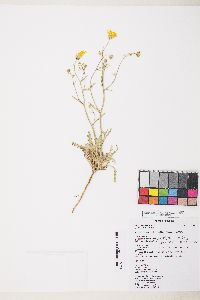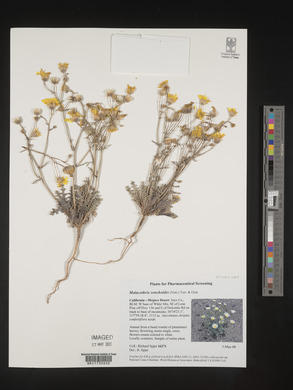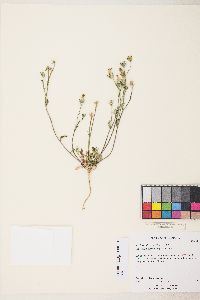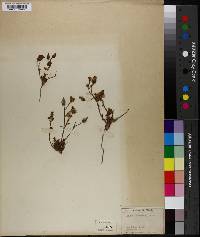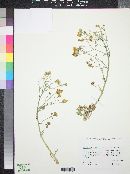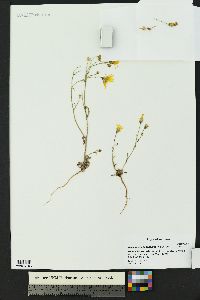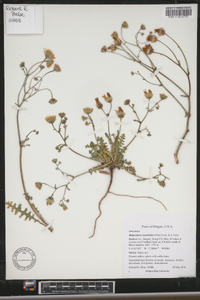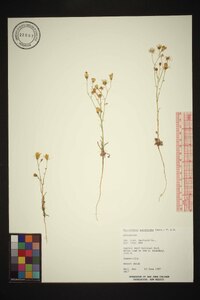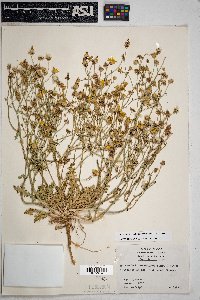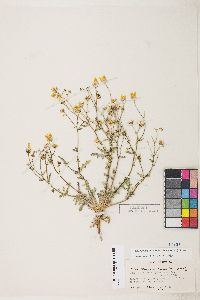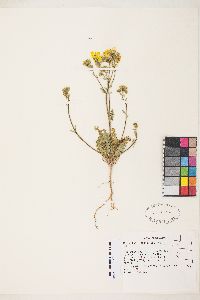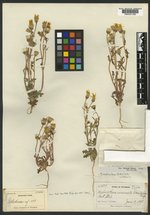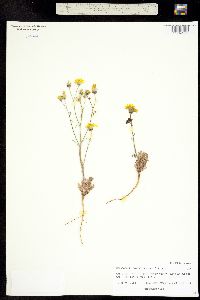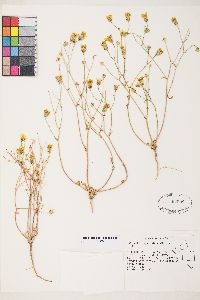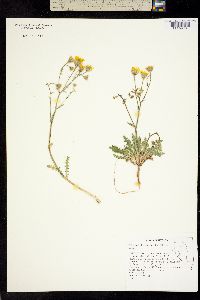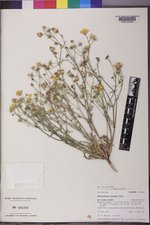
|
|
|
|
Family: Asteraceae
sowthistle desertdandelion, more...Yellow-Saucers, sowthistle desert dandelion
[Leptoseris sonchoides Nutt., moreMalacothrix runcinata] |
Annuals, (5-)10-25(-50) cm. Stems 1-5, ascending to erect, branched near bases and distally, usually glabrous (sometimes glaucous), rarely stipitate-glandular. Cauline leaves: proximal narrowly oblong to elliptic, pinnately lobed (lobes 3-8+ pairs, oblong to triangular, ± equal, apices obtuse to acute), ± fleshy, ultimate margins dentate to denticulate, faces glabrous; distal reduced (narrowly triangular to linear, bases ± dilated, ± clasping). Calyculi of 8-12+, ovate to lanceolate bractlets, hyaline margins 0.05-0.3(-0.7) mm wide, usually glabrous (margins sometimes stipitate-glandular). Involucres ± campanulate to hemispheric, 7-13 × 4-6(-12+) mm. Receptacles bristly. Florets 75-115; corollas lemon yellow, 10-14(-16) mm; outer ligules exserted 6-10(-13) mm. Cypselae ± cylindro-fusiform to prismatic, 1.8-3 mm, ribs extending to apices, ± equal or 5 more prominent than others; pappi persistent, crenate crowns of 15-25+, blunt or rounded teeth. Pollen 70-100% 3-porate. 2. = 14. Flowering Mar-Jun. Usually on dunes or in deep, fine sand in arroyos and on plains in Joshua tree woodlands, grasslands, Ephedra-Coleogyne associations; 300-2100 m; Ariz., Calif., Colo., Nev., N.Mex., Utah, Wyo. Malacothrix sonchoides grows in California in the Mojave Desert (Los Angeles, Kern, San Bernardino, and Riverside counties), the Great Basin Desert (Inyo Mountains), and barely enters the northern margins of the Sonoran Desert. It also grows in the Intermountain Region in Arizona, Colorado, Nevada, New Mexico, Utah, and Wyoming.
FNA 2006, Jepson 2012, Kearney and Peebles 1969 Duration: Annual Nativity: Native Lifeform: Forb/Herb General: Herbaceous annuals, to 50 cm tall, stems 1-5, ascending to erect, branching near the bases and distally, surfaces usually glabrous but sometimes glaucous, rarely stipitate-glandular. Leaves: Cauline leaves fleshy, narrowly oblong to elliptic proximally, pinnately lobed, the lobes in 3-8 or more pairs, oblong to triangular, roughly equal, the apices obtuse to acute, ultimate margins dentate to denticulate, surfaces glabrous, distal blades becoming reduced and narrowly triangular to linear, the bases dilated and clasping. Flowers: Heads showy with yellow ray flowers only; florets 75-115, corollas lemon yellow, 10-16 mm long, the outer ligules exserted 6-13 mm, receptacles bristly, involucres campanulate to hemispheric, 7-13 mm long and 4-12 mm wide, calyculi of 8-12 ovate to lanceolate bractlets, these with hyaline margins to 0.7 mm wide, the surfaces usually glabrous, the margins sometimes stipitate-glandular. Fruits: Cypselae cylindro-fusiform to prismatic, 1.8-3 mm long, the ribs extending to apices, equal or 5 more prominent than the others, pappi persistent, with crenate crowns of 15-25 or more whitish, blunt or rounded teeth but without persistent bristles. Ecology: Found on dunes or in deep, fine sand, in arroyos and on plains in Joshua tree woodlands, desert grasslands, and Ephedra-Coleogyne associations, from 1,000-7,000 ft (305-2134 m); flowering March-June. Distribution: Arizona, California, Colorado, Nevada, New Mexico, Utah, Wyoming Notes: A good indicator for this plant is the finely denticulate, whitish teeth of the crown of the achenes. Ethnobotany: Plant used for vomiting. Synonyms: Leptoseris sonchoides Editor: LCrumbacher2012 Etymology: Malacothrix comes from the Greek malakos, "soft," and thrix, "hair," thus referring to the wooliness of the young plant, and sonchoides means like genus Sonchus. |
|
|
|
This project was made possible in part by the Institute of Museum and Library Services [MG-70-19-0057-19].
Powered by Symbiota

